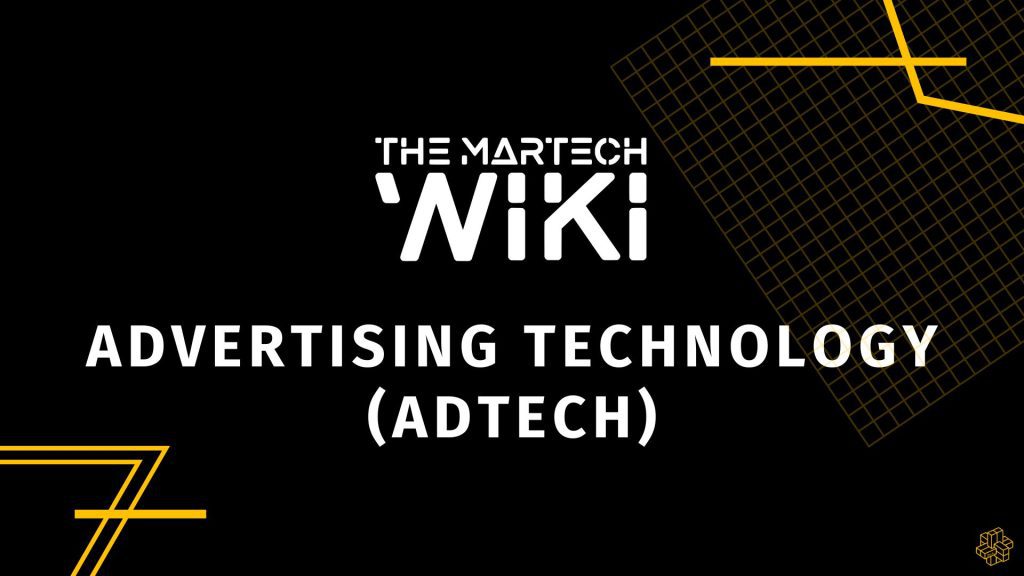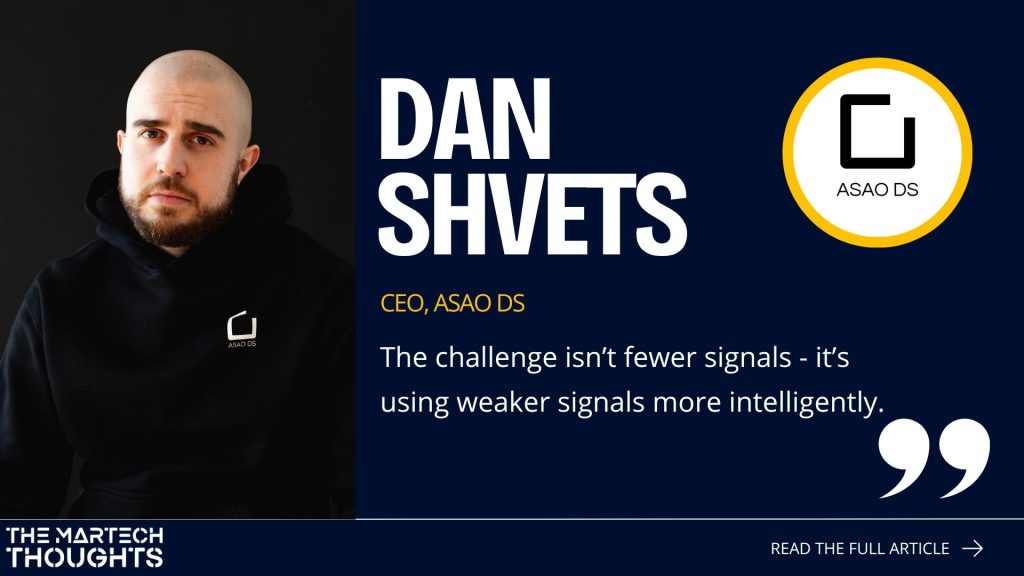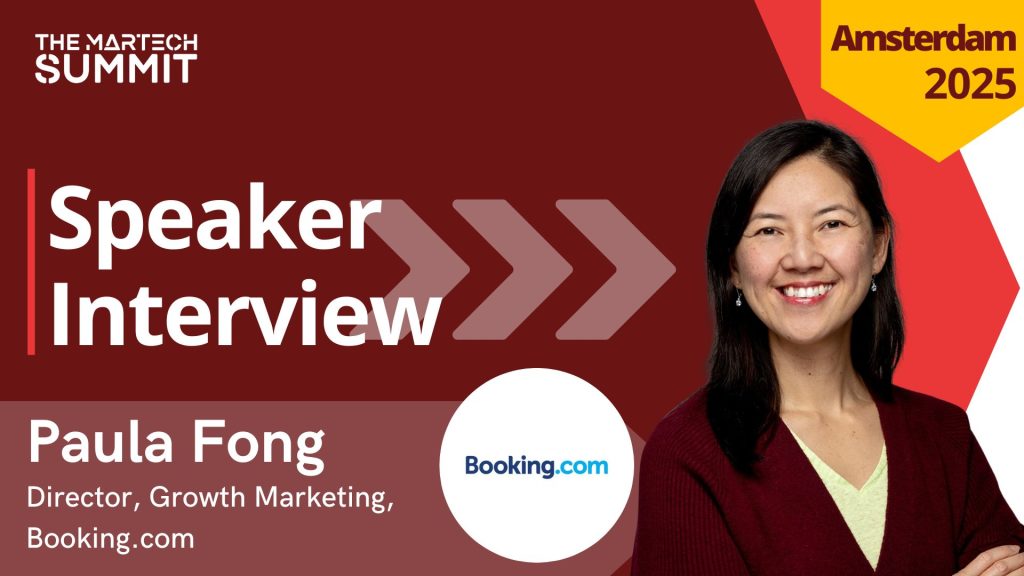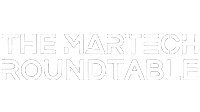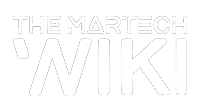How has your approach to customer engagement/retention/loyalty changed due to new MarTech tools and solutions?
We find ourselves using a wider variety of tools for specific functions. Now that tools can be seamlessly linked, we don’t have to search for a 1-stop solution. We utilize a chat tool that’s really fit for purpose to engage our consumers but have a standalone ticketing system that is linked but separate.
We also utilize our data to create engagement funnels with our customers to ensure that they are re-engaged in a timely manner with the appropriate incentives, typically based on behavior. This a great way for us to build brand loyalty with our most avid users.
With all the new MarTech tools and solutions now available, what’s one of the key pitfalls to avoid in the procurement process?
Procurement isn’t a word we use often, as a start-up. We look at value for money and consider the tools we use as an investment into improving our processes and customer experience. For example, we could have gone with a more cost-effective solution for our consumer chat tool, but we knew that this initial interaction point with our customers, typically when they’re having some type of challenge, needed to be robust.
The pitfall in this scenario is to make sure you’re investing appropriately to get the best experience for your customer because that impression lasts!
How have you best managed to integrate legacy systems with new MarTech solutions?
Fortunately, as a start-up, we don’t suffer from legacy systems. When the time comes to move from one tool to another, we try to utilize our own technical know-how to make the transition processes as seamless as possible.
What MarTech vendors have impressed you with their solutions and understanding of true business needs and challenges?
Klaviyo and Intercom are two tools that we use on a regular basis and have impressed us from the start. Both bring automation, ease of use and customer centric capabilities as their hallmarks.
For example, Intercom has automated responses, which helps us to educate the consumers pertaining to marketing campaigns and FAQs. This provides cost-saving in terms of time and resources.
How has your organisation / team dealt with the challenge of the marketing industry and wider digital world evolving at such a fast pace?
We have to constantly learn and adapt to keep up with consumer trends – however, despite the digital world evolving at such a fast pace, the fundamentals remain the same – which is to make consumers happy. In any campaigns or MarTech solutions we used, our objective is always to make consumers happy – and happy consumers lead to more sales and merchants.
Currently, what are you primarily looking for in your digital marketing efforts? Awareness or engagement? Why?
We’re in an interesting point of maturity where we’re shifting from predominantly awareness driving efforts to bringing in more engagement initiatives. The main reason is that we now have a strong base of customers, who are repeat users and advocates for our solution. As such, keeping these customers engaged is an important way for us to grow as they’re more likely to share about Hoolah to their friends, in an authentic manner.
However, a mixture between both awareness and engagement is needed. As we are a relatively new brand, we have to leverage digital efforts to build brand awareness. With the easy access to digital marketing tools, anyone and everyone can create their own digital campaigns as well – this makes the entire digital space very noisy and the messaging often get lost.
Rather than focusing on one particular objective – we leverage on our strong base of customers to keep them engaged and utilise them as advocates to share about Hoolah to their friends, in an authentic manner. That way, it helps to reiterate and reinforce any digital efforts that we have done.
What is your key takeaway piece of advice that you would give when speaking to others on how to evaluate and select a MarTech stack?
The starting point has to be the journey that you would like the customer to go through. As we deal with both B2B and B2C interactions we have separate funnels and we utilize different stacks to optimize those funnels. There are plenty of comparisons and evaluation techniques out there to find the right tools, but the tools become secondary, after you have confirmed what your funnel looks like.
How did your MarTech journey begin? Please let us know your top 3 findings and discoveries.
Our journey remains split across the 2 funnels of B2B and B2C.
On the B2B front, we needed to establish a strong process with checks and balances as well as documentation. Salesforce has always been a leader in this regard and our team had extensive experience with the SF stack.
For the B2C engagement, we started with a lot of in-house data before rolling out new solutions like Intercom, Typeform and Klaviyo. They were easy to set up with strong use cases and highly intuitive solutions so that a variety of our staff members could get started with them immediately.
For you and your team, which is currently recognised as the larger challenge – MarTech integration or MarTech strategy?
Integration is becoming less of an issue these days with the prevalence of APIs allowing for interconnections between tools and passing of the appropriate data.
Strategy is and will remain the starting point as well as the major challenge, given the pace of the consumer behavior change.
Have you mainly chosen to adopt established MarTech or have you also looked into the emerging opportunities? Which?
We believe it is important to continue experimenting with new solutions. For example, Display Science in Singapore has been a partner in our awareness campaign strategy. They brought a new channel, in the form of Singapore based taxi screens, which allowed us to engage with a captive audience to generate critical feedback for our business.
Which MarTech brands have you found have/are close to best meeting your expectations when it comes to customer experience? Let us know of any brands which have exceeded expectations.
In the past, users had to email and wait a couple of hours / next working day for a response. With intercom on our website – we can easily communicate with customers via the mobile app – and the responses are also sent directly to email addresses that the customer leaves with us. The ease of use and lightweight mobile app has really helped us deliver an exceptional customer experience.
What do you predict as being the top MarTech trends for 2020?
Companies providing a single product line offering tend to perform better. For example, while Office 365 or Google Suite has a full offering of products – companies that focus on one product line tends to do better at what they do – For example, Zoom excels in video conferencing with our merchants and as a standalone solution, they’re 100% focused on ensuring their video conferencing is the best.


